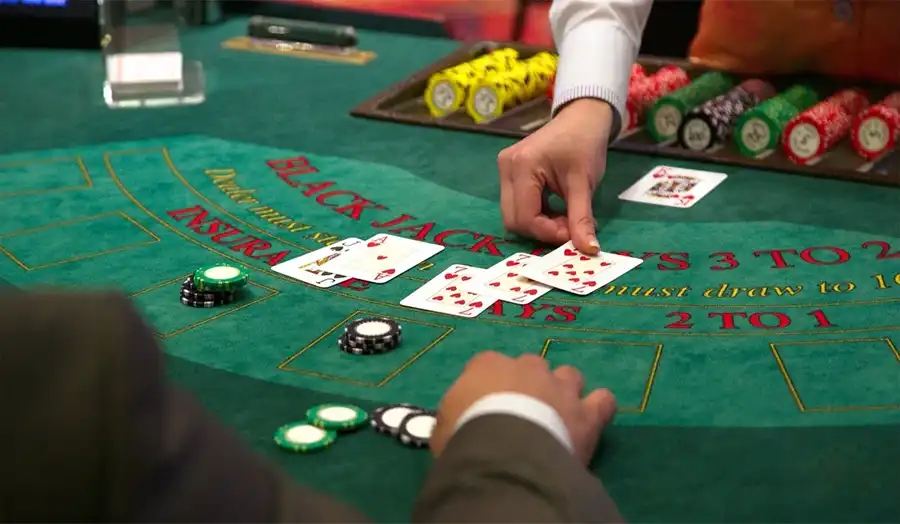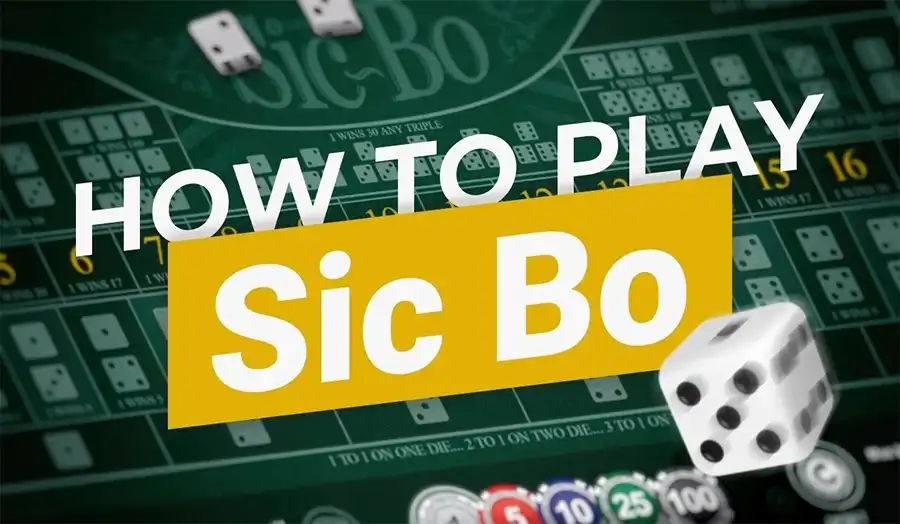Among all casino table games, few names stand as iconic as blackjack. So what is blackjack, and why has it become the most played card game in casinos worldwide? Whether you are a beginner or someone who has played casually before, understanding blackjack thoroughly will help you enjoy the game more and significantly improve your chances of winning.
This guide Wintips will provides a fully detailed explanation of what blackjack is, what does blackjack mean, all essential blackjack rules, the full structure of blackjack game rules, and an in-depth look at the rules of blackjack card game as played in both land-based and online casinos.
What does Blackjack mean? Understanding the name and its origin
Before diving into the detailed blackjack rules, it is important to understand what does blackjack mean. Blackjack refers to a hand total of 21 formed by an Ace and any card worth 10 points. Historically, the term originated from a special bonus offered in early American casinos: players who got an Ace paired with a black Jack (Jack of spades or clubs) received an extra payout. Although the bonus no longer exists in modern rules, the name “blackjack” remained and eventually became the universal name for the game.
Beyond the literal meaning, blackjack symbolizes a perfect start in the game-a winning hand that beats every non-blackjack hand instantly. This simple yet symbolic concept made the name popular and recognizable across the world.
Historical origins of Blackjack
The roots of blackjack can be traced back to the 17th century French game “Vingt-et-Un,” meaning “Twenty-One.” Over time, the game spread throughout Europe, evolving with regional rule variations. When it reached North America, casinos adapted and standardized the rules, and the game was officially adopted under the name blackjack. The combination of strategy, simple arithmetic, and suspense made blackjack a timeless classic among gamblers and casual players alike.

What is Blackjack? The true goal of the game
To fully understand what is blackjack, you must know that the primary objective is strikingly simple: beat the dealer without exceeding 21. Unlike poker, players in blackjack do not compete against each other. Every player is only competing with the dealer, making the experience individual yet communal at the same time.
The challenge lies in managing the balance between risk and strategy. Every decision-whether to draw a card, stop, double the bet, or split the hand-creates different paths and outcomes. This balance of chance and skill is what makes blackjack fascinating to players across generations.
Card values in Blackjack
Even though the game seems simple, understanding card values is essential. In all blackjack game rules, cards follow the same structure:
Cards 2 through 10 are worth face value.
Jacks, Queens, and Kings each count as 10.
The Ace is flexible, counting as 1 or 11 depending on the player’s chosen strategy.
This unique flexibility of the Ace plays a major role in strategic play and affects whether a hand is considered “soft” or “hard.” A soft hand includes an Ace valued at 11, giving the player more room to take risks.
Blackjack rules – The core foundation of the game
Understanding blackjack rules is essential for anyone looking to play confidently. While different casinos and online platforms may introduce small variations, the foundational rules remain consistent everywhere.
The game begins with all players receiving two face-up cards, while the dealer typically gets one card face-up and another face-down. At this point, players assess their totals and decide on the next action.
Standard player options in Blackjack
Although blackjack is known for its simplicity, it offers several impactful decisions. These choices form the heart of rules of blackjack card game:
- Hit: Choosing to draw another card to increase your total.
- Stand: Ending your turn and keeping your current total.
- Double Down: Doubling your original bet in exchange for committing to take exactly one more card.
- Split: If the two initial cards are of the same rank, they may be separated into two hands, each with its own bet.
- Surrender: Some casinos allow players to surrender their hand and get back half of their wager.
Every decision affects the statistical probability of winning, which is why blackjack is considered a game of strategy rather than pure luck.

Rules of Blackjack card game for the dealer
Dealer actions are highly regulated to ensure fairness and consistency. Unlike players, dealers have no freedom to make strategic choices. They must follow a predetermined set of rules that apply regardless of the situation.
Dealer must hit until 17
The most important rule is simple: The dealer must draw cards until reaching at least 17.
There are two types of 17:
- Soft 17: Contains an Ace counted as 11 (e.g., A + 6)
- Hard 17: Does not rely on Ace counted as 11
Some casinos require dealers to hit on soft 17, while others require them to stand. This variation slightly affects house edge and player strategy.
When the dealer has Blackjack
If the dealer reveals a blackjack-a total of 21 with two cards-every player without blackjack loses immediately. If both dealer and player have blackjack, the result is a push.

Strategy basics for Blackjack players
Even after mastering what is blackjack and the complete blackjack rules, understanding strategy is crucial. Blackjack rewards players who make mathematically optimal decisions, reducing the casino’s house edge from around 2% down to as low as 0.5%.
Players often rely on a “basic strategy chart” showing statistically correct actions based on their hand versus the dealer’s up-card.
Key strategy concepts include:
- Avoid hitting when your total is already strong against a weak dealer card.
- Use doubling opportunities wisely when the dealer is in a vulnerable position.
- Split Aces and 8s, but never split 10s.
- Understand the difference between soft and hard hands.
These ideas ensure more consistent and profitable gameplay over time.

Common mistakes new players make
Many beginners misinterpret the blackjack game rules or make decisions based on emotion rather than logic. Some common errors include drawing too many cards, standing too early, or avoiding doubles and splits due to fear of losing more money. Mismanaging bankroll or chasing losses also contributes to unnecessary risk.
The best approach is to stay patient, understand the rules deeply, and follow strategy consistently instead of relying on instinct alone.
Conclusion
Now that you have a complete understanding of what is blackjack, along with the full meaning behind what does blackjack mean, you can see why the game has captivated players for centuries. Its elegant combination of strategy, simplicity, suspense, and favorable odds creates an experience unmatched by other casino games.
From basic mechanics and essential decisions to detailed explanations of blackjack rules, blackjack game rules, and every aspect of the rules of blackjack card game, you now have all the knowledge needed to approach the table with confidence.
Continue reading: How to play Blackjack online like a Pro







